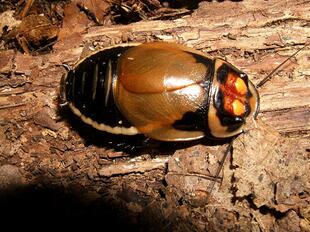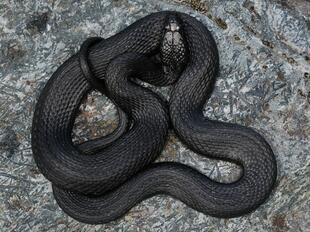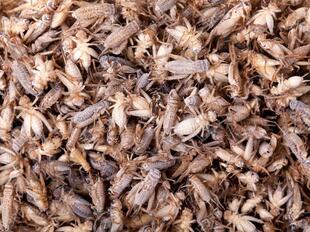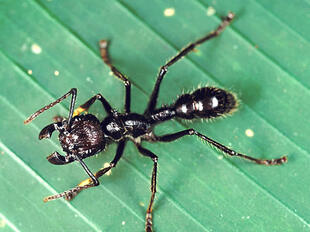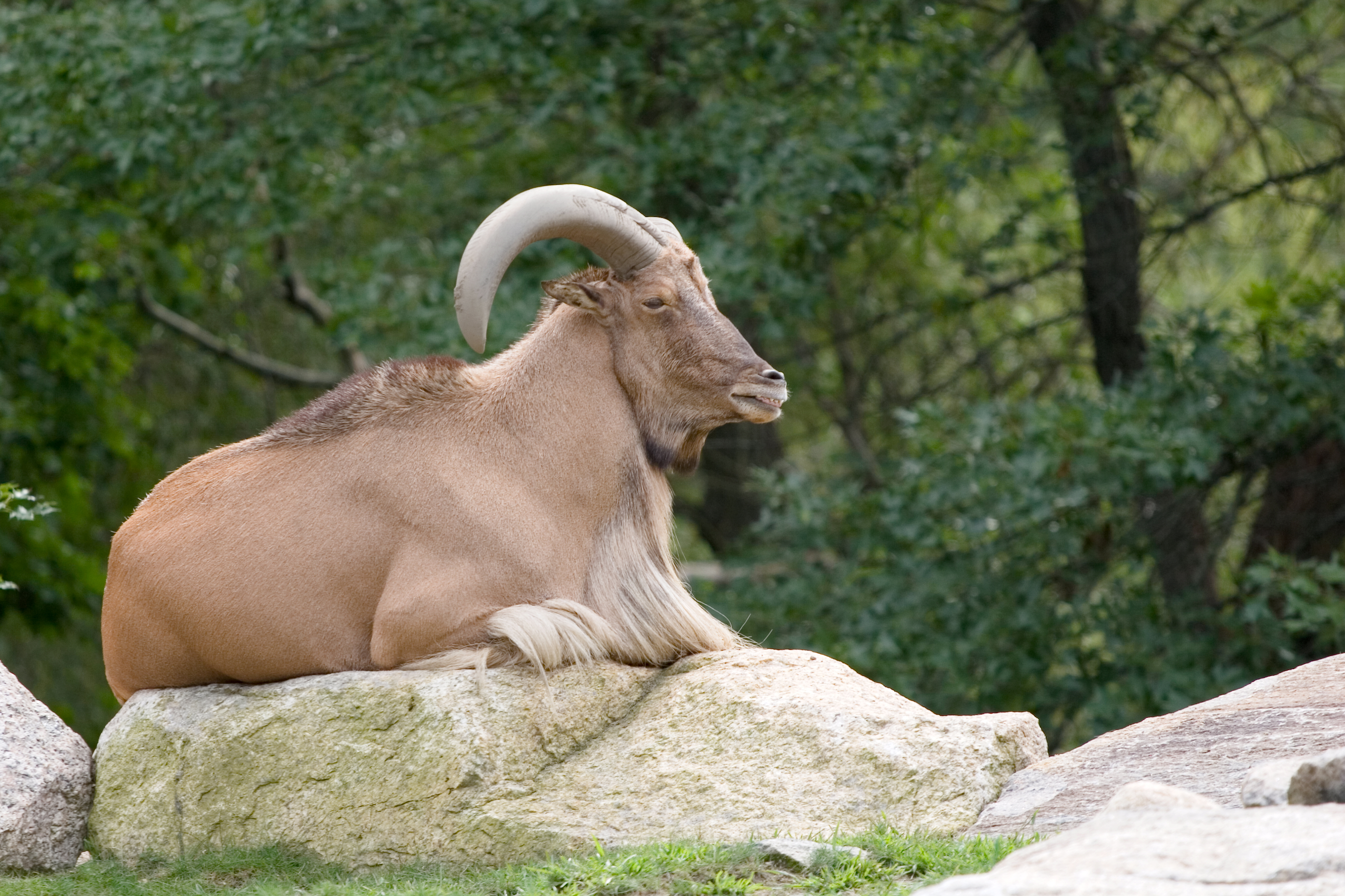
Barbary sheep (Ammotragus lervia)
Phylum —chordata
Class — mammalia
Order — artiodactyla
Family — bovidae
Genus – ammotragus
Appearance
Barbary sheep stand 60 to 90 cm (2.0 to 3.0 ft) tall at the shoulder, with a length around 1.5 m (4 ft 11 in), and weigh 40 to 140 kg (88 to 309 lb).
They are sandy-brown, darkening with age, with a slightly lighter underbelly and a darker line along the back. Upper parts and the outer parts of the legs are a uniform reddish brown or grayish brown. There is some shaggy hair on the throat (extending down to the chest in males) and a sparse mane.
Their horns have a triangular cross section. The horns curve outward, backward, then inward, and can exceed 76 cm (30 in) in length. The horns are fairly smooth, with slight wrinkles evident at the base as the animal matures.
Habitat
Barbary sheep are found in northern Africa, from Morocco and the Western Sahara, east to Sudan and Egypt. They were introduced into Europe, including Germany and Italy, and into the United States.
Behavior
These animals live in small groups, usually with one dominant male and a number of females. Males compete for breeding dominance, though males of different ages can live quite well together. An adult male must earn his position heading a group of females by means of intimidation displays, by showing the magnificent mane of hair, and fierce fights where two males stand as far as 15 meters apart, then walk quickly toward each other, lowering their heads and breaking into a run to collide with each other.
Living in desert areas, these sheep are usually most active during dawn and dusk, attempting to remain in the shade or shelter during the day when it is hot.
When threatened, they usually do not run from a predator but stand extremely still so that they blend in with the surroundings.
Diet
This species is herbivorous, eating a range of vegetation such as shrubs, grass, and forbs. In the winter, they mostly eat grass, shrubs being more common for the rest of the year.
Reproduction
Barbary sheep are polygynous breeders. Although able to breed at any time during the year, the peak for breeding is between September and November. Gestation is for about 160 days, and one or two young are produced. Females can give birth twice a year. Young are well-developed at birth and learn climbing and jumping to match their parents’ skill at a very early age. Newborns are almost able to negotiate the rocky hills as soon as they are born. Although they nurse for around 6 weeks, they start to eat grass at just 1 week old. These sheep generally live in small family groups of one adult male and female, along with their young of various ages. Females are mature at 19 months, though females only 8 months old have produced offspring.
In captivity
Lifespan of these animals is about 20 years.
They are easily accustomed to living in captivity. Throughout the year, they are kept outdoors, easily enduring even severe winter frosts. They do breed regularly and produce a wonderful offspring.
By their nature, Barbary sheep are more timid and cautious than other sheep living in captivity. However, during the breeding season, males become very bold and sometimes even throw themselves at a person entering their enclosure. They also protect their lambs very boldly.
 Russian
Russian
 English
English




















